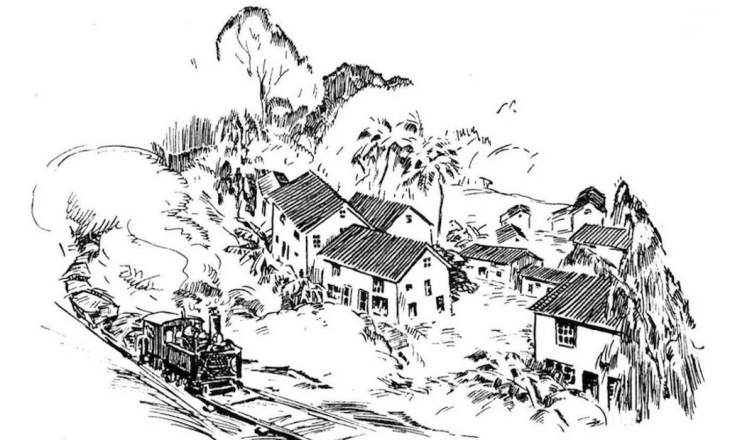The Kilipaki

Beginning in 1878 and ending anywhere from seven to eight years later, over 2,000 Gilbert Islanders were recruited as labor for Hawai‘i’s sugar plantations. Of these, a large proportion went to Kaua‘i, with the first group of about 250 men, women and children arriving on the Garden Island in late 1880.
The Hawaiians named them Kilipaki, and those assigned to Lihuʻe Plantation resided near the mill, while at nearby Grove Farm, owner George Wilcox built three houses in Nāwiliwili Valley for them. But, their aversion to Kaua‘i’s climate, cooler and wetter than that of their native islands, quickly manifested itself on the first morning when all but one were found crowded inside a single house complaining of cold.
The exception was their chief, who had somehow squeezed himself into a storage shelf on the lanai for extra warmth. The lower temperatures also made the Kilipakis more susceptible to common colds, and the fixed,methodical routines of plantation work did not suit them. Quarrels were frequent. In one case, one woman bit off another woman’s nose during a fight. The newcomers also angered Hawaiians by digging up skulls in burial grounds for use as war trophies.
During their unhappy sojourn on Kaua‘i, Rev. Joel H. Mahoe of Kilauea, a minister who’d served as a missionary in the Gilbert Islands and knew the Gilbertese language and customs, worked to assist them, but tuberculosis, pneumonia and dysentery took a toll, as did the enervating effects of liquor and opium. None became permanent residents of Hawai‘i.
Those Kilipakis that survived returned to the Gilbert Islands as soon as their contracts expired, with some of these repatriates purchasing rifles in Honolulu beforehand that they promptly used upon their return to annihilate an enemy tribe.
